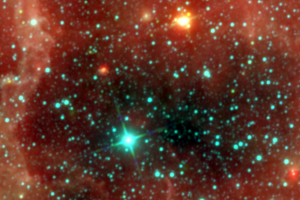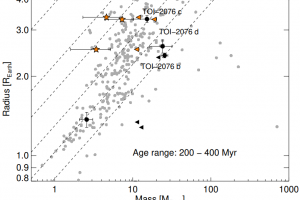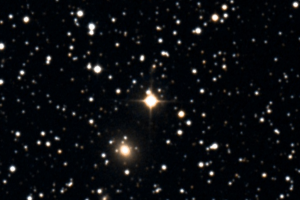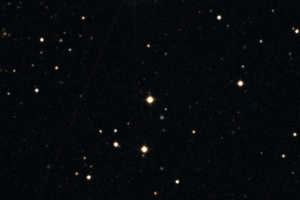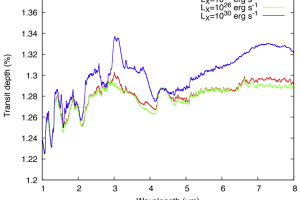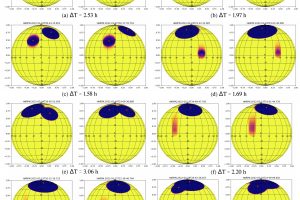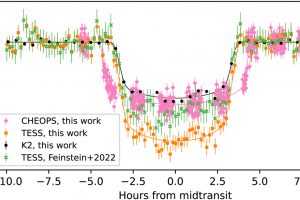Spots and faculae in V1298 Tau. The paper: “Spot Modeling through Multiband Photometry Analysis of V1298 Tau” of A. Biagini (INAF-OAPA/UNIPA) appeared on A&A

Most stars behave like enormous dynamos, producing intense magnetic fields within them. These magnetic fields then interact with the plasma that constitutes the star’s interior and atmosphere, in a constant tug of war where the prevailing force dominates the dynamics. In the outer region of stars, from the photosphere to the corona, the pressure exerted by the gas is less
» Read more
